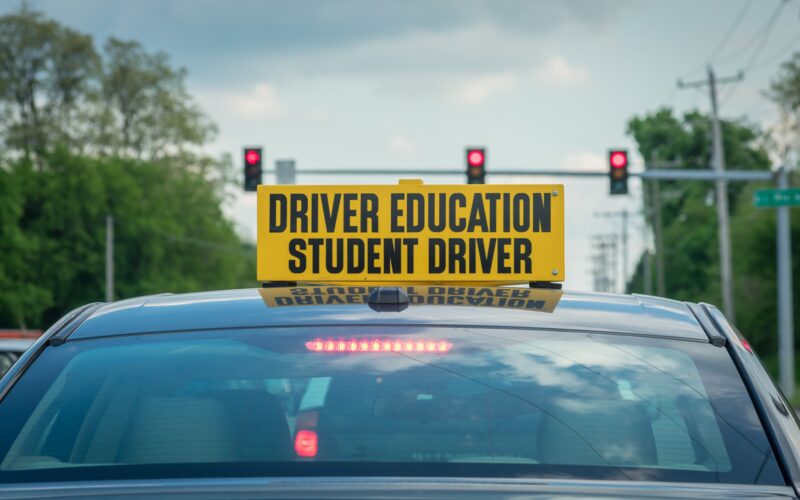Drivers Education is a course that adolescent drivers may take in order to hone their skills behind the wheel. Many schools adopted the idea of Driver’s Ed, But slowly they stopped offering this elective, why is that?
First, a short history lesson. Driver’s Ed was introduced in the year 1934 and was extremely successful. The main goal was to reduce accidents on the road. It taught teens how to drive safely, seeing as over 15,000 Americans had died in car accidents by the year 1920. The course would teach students how the car works, along with the rules of the road. The course also included driving practice on roads and highways.
The 2 main reasons for ending support of Driver’s Ed was school budget cuts and rising college requirements. When budgets were cut, some electives/activities had to go in order that the school still had enough funds to operate, and Driver’s Ed was one of those electives. With the increasing college requirements, students had to spend more of their day on required classes, and couldn’t participate in other activities. For these reasons Driver’s Ed slowly began to lose popularity within lesser funded schools.
With the end of school funded Driver’s Ed, many privately owned organizations stepped into the schools shoes, and gave teens classes to give them a greater chance of acquiring a driver’s license. Right now many companies offer driving classes for people of all ages and experience. There are even some online classes to prepare drivers for the written section of the driving test.
Now, most school supported driver education programs and gone, and private companies rule the market, but overall, Driver’s Ed was a success. Some states saw up to a 55% percent reduction in car related fatalities in teenagers. Some colleges (like Hocking College) still offer driving classes and are a great place to get some extra help with driving skills.




